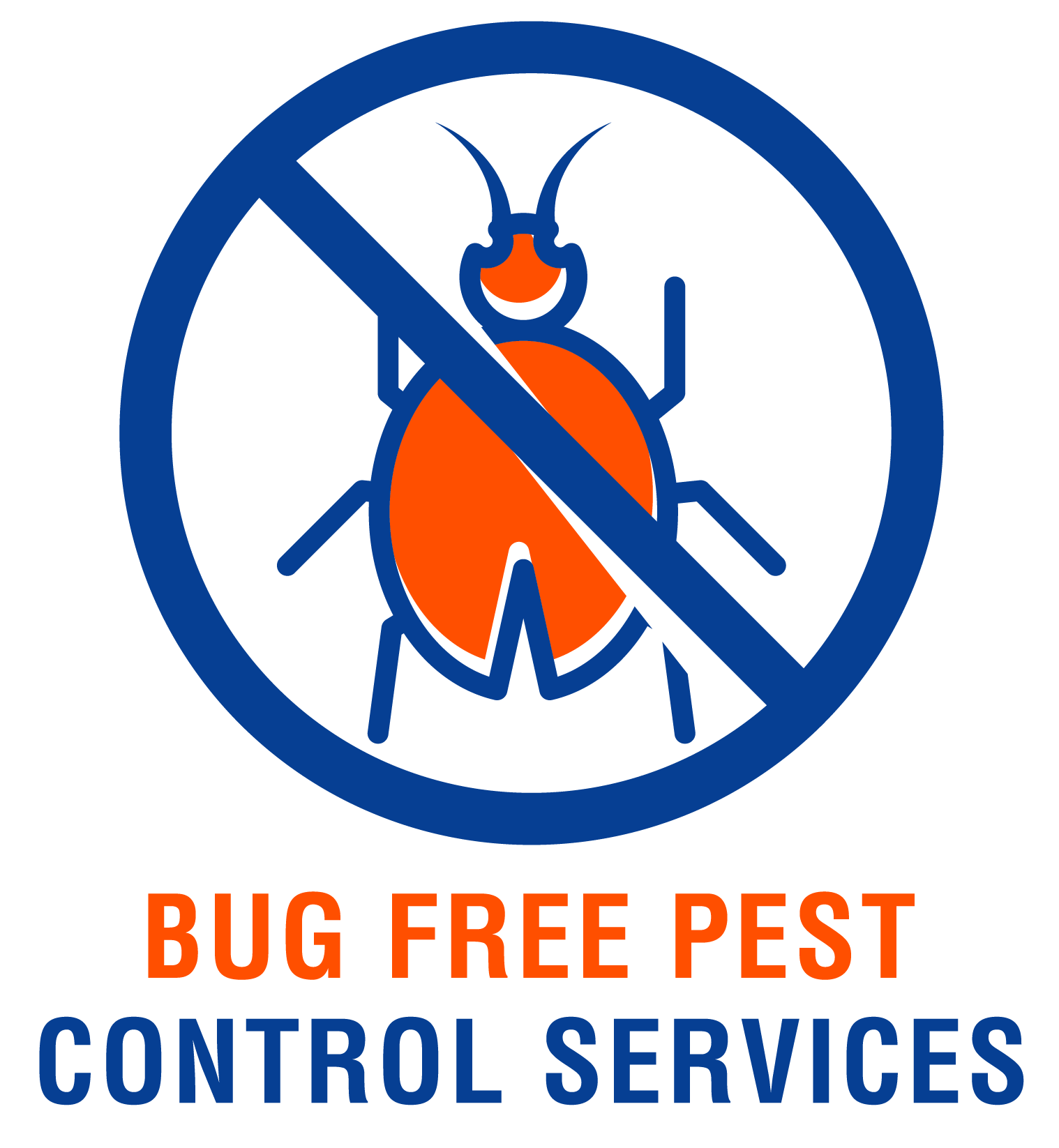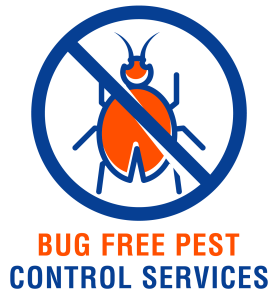Welcome to an insightful article about the impact of climate change on pest populations. As our planet continues to experience rising temperatures and extreme weather events, pests have been adapting and thriving in these changing conditions. From increased breeding rates to expanded habitats, climate change has created new challenges for controlling pest populations. By understanding the relationship between climate change and pest populations, we can better prepare and mitigate the negative effects on our environment and food supply. Have you ever wondered how climate change affects pest populations around the world? In this article, we will explore the various ways in which rising global temperatures and changing weather patterns impact the abundance and behavior of pests. From insects to rodents, understanding the relationship between climate change and pest populations is crucial for developing effective pest control strategies.
The Relationship Between Climate Change and Pest Populations
When it comes to pests, climate change can have a significant impact on their populations. As temperatures rise, pests can thrive in new areas where they were previously unable to survive. This can lead to increased infestations in homes, crops, and natural habitats. Additionally, changes in precipitation patterns and extreme weather events can also influence pest populations by altering their behavior and breeding patterns.
How Rising Temperatures Impact Pest Populations
Warmer temperatures can accelerate the growth and reproduction rates of many pests, allowing them to reproduce more frequently and in greater numbers. For example, mosquitoes, which are vectors for diseases such as malaria and Zika virus, tend to thrive in warmer climates. As global temperatures continue to rise, mosquitoes are expanding their range to new areas, increasing the risk of disease transmission to humans.
Changes in Precipitation Patterns and Pest Populations
Changes in precipitation patterns, such as increased rainfall or drought conditions, can also affect pest populations. Insects like termites, which thrive in moist environments, may become more abundant in areas with higher rainfall. On the other hand, pests like bed bugs, which prefer dry conditions, may migrate to drier regions in response to changes in precipitation patterns. By understanding how changes in precipitation influence pest populations, we can better predict and prevent infestations.
The Role of Extreme Weather Events in Pest Populations
Extreme weather events, such as hurricanes, floods, and heatwaves, can have a devastating impact on pest populations. In the aftermath of a natural disaster, pests can proliferate due to disrupted ecosystems and increased food sources. For example, rats and other rodents may seek shelter in homes and buildings during a flood, leading to widespread infestations. By preparing for and responding to extreme weather events, we can mitigate the impact of pests on our communities.

This image is property of images.unsplash.com.
Effects of Climate Change on Specific Pest Populations
Different types of pests are affected by climate change in unique ways. In this section, we will explore the impact of climate change on specific pest populations, including insects, rodents, and other nuisance pests.
Insects: Mosquitoes and Flies
Insects are among the most adaptable pests, making them particularly resilient to changes in climate. Mosquitoes, for example, are highly mobile and can quickly adapt to new environments in response to rising temperatures. As temperatures increase, mosquito populations are expanding their range to higher altitudes and latitudes, posing a greater threat to human health. Flies, another common pest, are also highly affected by climate change, as warm and humid conditions provide ideal breeding grounds for these insects.
Rodents: Rats and Mice
Rodents, such as rats and mice, are well-known pests that thrive in urban and rural environments alike. Climate change can impact rodent populations by altering their behavior and habitat preferences. For example, rising temperatures may drive rodents to seek shelter in cooler, shaded areas, such as basements and crawl spaces. Additionally, changes in precipitation patterns can lead to fluctuations in food sources for rodents, influencing their population dynamics. By implementing pest control measures that target rodents, we can reduce the risk of infestations in homes and businesses.
Nuisance Pests: Bed Bugs and Termites
Nuisance pests, such as bed bugs and termites, can also be affected by climate change in various ways. Bed bugs, which feed on human blood and thrive in warm indoor environments, may become more common in regions with higher temperatures. In contrast, termites, which are known for their destructive feeding habits, may migrate to new areas in response to changes in precipitation patterns. By monitoring and addressing nuisance pest populations, we can protect our homes and properties from damage and infestations.

This image is property of images.unsplash.com.
Strategies for Managing Pest Populations in a Changing Climate
As climate change continues to impact pest populations worldwide, it is essential to develop effective strategies for managing pests in a changing environment. By implementing integrated pest management (IPM) techniques and sustainable pest control practices, we can minimize the impact of pests on human health, agriculture, and ecosystems.
Integrated Pest Management (IPM) Techniques
Integrated Pest Management (IPM) is a holistic approach to pest control that emphasizes prevention, monitoring, and control methods. By combining biological, cultural, physical, and chemical pest control strategies, IPM aims to reduce reliance on pesticides and minimize the impact of pest populations on the environment. From sealing cracks and crevices to removing sources of food and water, IPM techniques can help prevent and control pest infestations in homes and businesses.
Sustainable Pest Control Practices
Sustainable pest control practices focus on minimizing the environmental impact of pest management activities while effectively controlling pest populations. By choosing eco-friendly products, such as botanical insecticides and microbial pesticides, we can reduce the use of harmful chemicals in pest control. Additionally, implementing habitat modifications and exclusion techniques can help deter pests from entering buildings and structures. By adopting sustainable pest control practices, we can protect the health of our communities and the environment.
Collaborative Efforts for Pest Control
Collaborative efforts between government agencies, pest control professionals, research institutions, and community members are essential for managing pest populations in a changing climate. By sharing knowledge, resources, and expertise, stakeholders can develop targeted strategies for controlling pests in different environments. From public awareness campaigns to community-based pest monitoring programs, collaborative efforts play a crucial role in addressing the challenges of pest management in a changing climate.

This image is property of images.unsplash.com.
Conclusion
From insects to rodents, pests play a significant role in our daily lives and can have a profound impact on human health, agriculture, and ecosystems. By understanding the relationship between climate change and pest populations, we can develop effective strategies for managing pests in a changing environment. Through integrated pest management (IPM) techniques, sustainable pest control practices, and collaborative efforts, we can protect our communities and the environment from the threats posed by pests. Together, we can ensure a healthy and sustainable future for generations to come.


